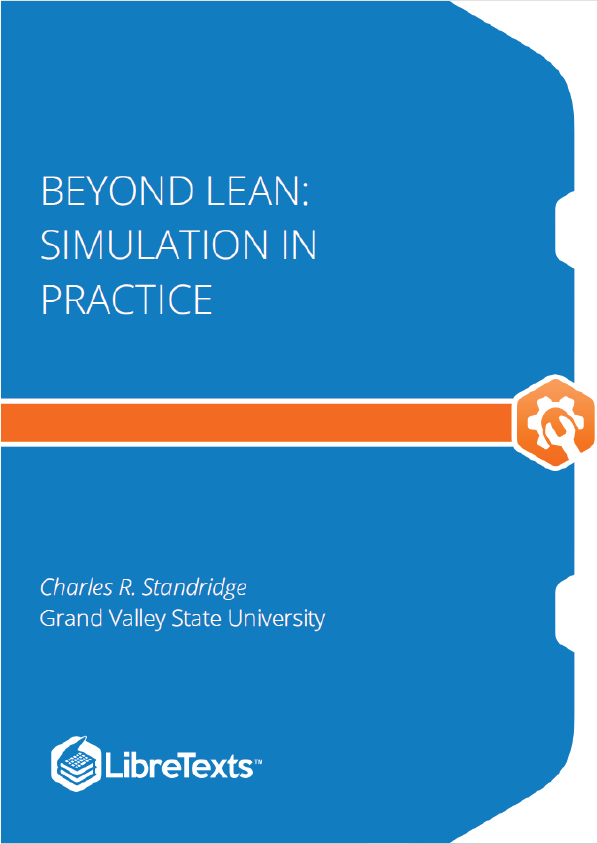The application of lean concepts to the transformation of manufacturing and other systems has become ubiquitous and is still expanding (Learnsigma, 2007). The use of lean concepts has yielded impressive results. However, there seems to be a growing recognition of the limitations of lean and for a need to overcome them, that is to build upon lean successes or in other words to get beyond lean. Getting beyond lean is the subject of this book.
Ferrin, Muller, and Muthler (2005) identify an important goal of any process improvement or transformation: find a correct, or at least a very good, solution that meets system design and operation requirements before implementation. Lean seems to be unable to meet this goal. As was pointed out by Marvel and Standridge (2009), a lean process does not typically validate the future state before implementation. Thus, there is no guarantee that a lean transformation will meet measurable performance objectives.
Marvel, Schaub & Weckman (2008) give one example of the consequences of not validating the future state before implementation in a case study concerning a tier-two automotive supplier. Due to poor performance of the system, a lean transformation was performed. One of the important components of the system was containers used to ship product to a number of customers. Each customer had a dedicated set of containers. The number of containers needed in the future state was estimated using a tradition lean static (average value) analysis, without taking the variability of shipping time to and from customers nor the variability in the time containers spent a customers into account. Thus, the number of containers in the future state was too low. Upon implementation, this resulted in the production system being idled due to the lack of containers. Thus, customer demand could not be met.
Standridge and Marvel (2006) describe the lean transformation of a system consisting of three processes. The second process, painting, was outsourced and performed in batches of 192 parts. Fearful of starving the third step in the process, the lean supply chain team deliberately over estimated the number of totes used to transport parts to and from the second step. In this system, totes are expensive and have a large footprint. Thus, the future state was systematically designed to be more expensive that necessary.
It seems obvious that in both these examples, the lean transformation resulted in a future state that was less than lean because it was not validated before implementation. Miller, Pawloski, and Standridge (2010) present a case study that further emphasizes this point and shows the benefits of such a validation. Marvel and Standridge (2009) suggest a modification of the lean process that includes future state validation as well as proposing that discrete event computer simulation be the primary tool for such a transformation because this tool has the following capabilities.











